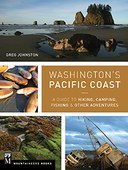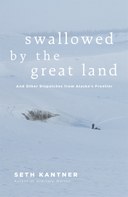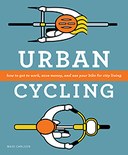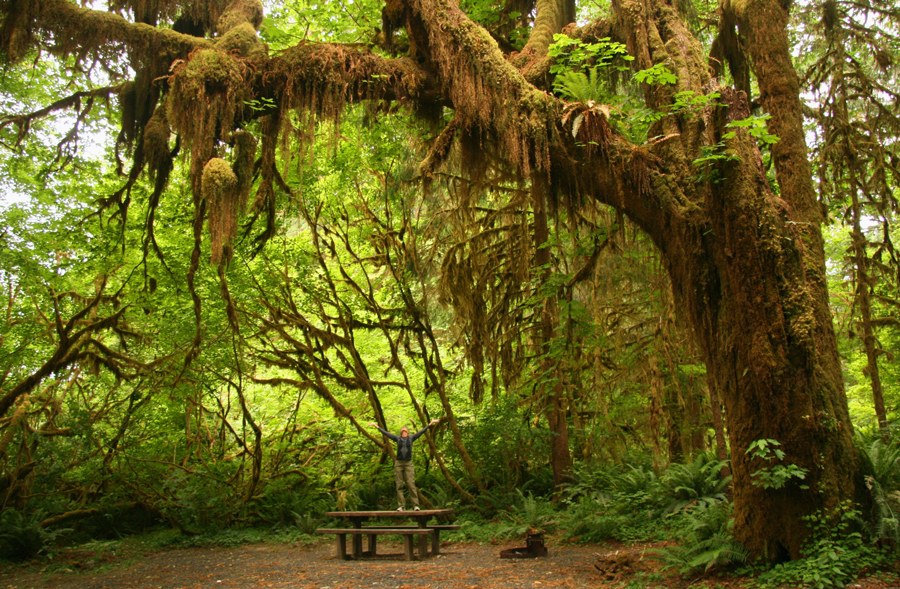
Just try to get journalist Greg Johnston to stop talking about the allure of Washington’s Pacific Coast: the wild headlands, windswept beaches, and salmon-rich rivers.
On second thought, don’t.
As a decades-long outdoors reporter for a range of Northwest media, including the Daily World and Seattle P-I, Johnston covered dozens of stories on the coast including Indian fishing rights issues in the 1970s, pollution in coastal rivers, declining native salmon runs, and adventures such as backpacking, beachcombing, and clam digging. He recently put years of research into writing the newly published Washington’s Pacific Coast: A Guide to Hiking, Camping, Fishing & Other Adventures. With this new guidebook from Mountaineers Books, Johnston gives you all the tools you need to explore year-round the farthest northwest corner of the continental United States, from the Strait of Juan de Fuca to the mouth of the Columbia River.
A Seattle native who grew up visiting the coast with his family, Johnston joined us to talk about what the coast means to him and to tip us off to a few of his favorite nooks and crannies along the majestic 157-mile Washington coastline.
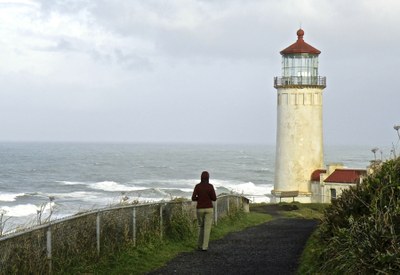
In your opinion, what is the “best kept secret” of the Washington Coast?
GJ: I’d say the entire coast. I regularly meet people from Western Washington who have never been to the Washington Coast, and I sometimes hear people say the Oregon Coast is so much nicer than Washington’s. The difference is that virtually all of Oregon’s is accessible by car, via US 101. But 101 only touches the Washington Coast for about 12 miles, in the Kalaloch area, and most of the Washington Coast is not accessible by any road -- it’s pure wilderness, like just about nowhere else in the 48 states. The 75 miles of wilderness coast in Olympic National Park is as scenic, with hundreds of offshore islands and crazy rock sea stacks, as any shore on the planet Earth. But you have to hike to reach it. You owe it to yourself to do that.
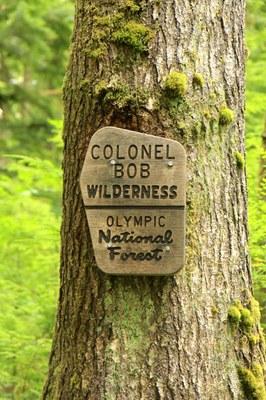
Do you have a favorite time of year to explore the coast?
GJ: The beauty of our coast is that it can be explored year-round. I have hiked, fished, dug clams or simply visited the Washington Coast every month of the year. My favorite time to hike Olympic National Park’s wilderness beaches is the dead of winter. It’s super lonesome out there then, more primal and wild. I love late winter and early spring for the storms, which improve beach combing and agate hunting. I love spring and fall for razor clam digging. I love December through April for winter steelhead fishing. I love summer for smelt-dipping and just being on the beach in the (often infrequent) sunshine.
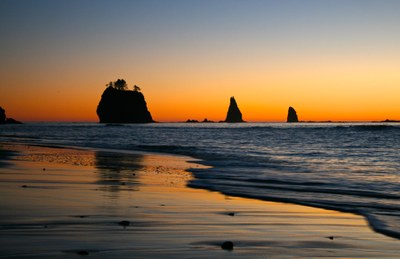
Can you hike the entire Washington Pacific Coast?
GJ: A determined hiker probably could hike almost all of it. About 20 miles of the coast on the Quinault Indian Nation is currently closed to non-tribal members. The tribe canceled its beach pass program in 2013 due to concerns about the impact of non-Indian in-holders and other developments along its coast, and certain areas have always been closed as sacred lands. But I understand special permission can sometimes be obtained for those whose motives are pure.
Low tide or high tide?
GJ: That depends entirely on your goal. If you want to dig razor clams, you’ll need a very low tide, a minus or close to it. If you want to catch surf perch or surf smelt, the best time is on the incoming tide, up to high. On the wilderness beaches, you must know the tides and hike by them, since you cannot camp on the beach on an extreme high — in some spots on any high — and you need low tides to round many impassable points. The relentless back and forth Zen of the tides also provides the coast with a soothing, rhythmic ambiance. So they’re both good.
As you were writing this book, what was the most surprising new discovery you made about a particular location? Any natural history facts that weren’t what you were expecting?
GJ: One was how fabulous the hiking is at Cape Disappointment State Park, which I had not fully explored. There are two historic lighthouses — one just restored, North Head — that you can hike to, plus old-growth spruce forests and intriguing military ruins, such as artillery emplacements. It is the best state park on the Washington Coast, hands down. Two other surprises were just how wild and rich in wildlife are both Long Island in the Willapa National Wildlife Refuge and Lake Ozette in Olympic National Park. We had a spooky late-night encounter with a bear on Long Island, and the loons and owls sang us lullabies at Ozette.
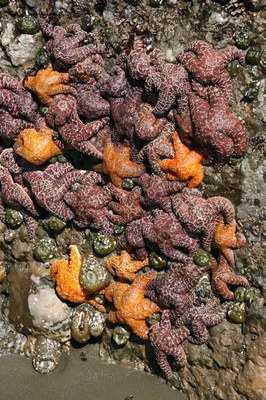
Why do you think it’s important for children to experience the coast?
GJ: Because to a child, the ocean shoreline is a magical land of surf and sand, tide pools and sea creatures. Every day is different. They will see life from a new perspective on the coast, a refreshing option to the city.
All photos by Greg Johnston.
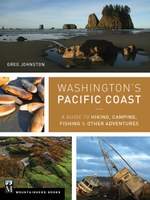 Washington’s Pacific Coast: A Guide to Hiking, Camping, Fishing, & Other Adventures (June, 2015; full-color with detailed maps and itineraries) by journalist Greg Johnston is available from the Mountaineers Program Center bookstore, online, and fine independent bookstores all over the Northwest. If you’d like to request Johnston as a speaker for your organization please contact emilyw@mountaineersbooks.org.
Washington’s Pacific Coast: A Guide to Hiking, Camping, Fishing, & Other Adventures (June, 2015; full-color with detailed maps and itineraries) by journalist Greg Johnston is available from the Mountaineers Program Center bookstore, online, and fine independent bookstores all over the Northwest. If you’d like to request Johnston as a speaker for your organization please contact emilyw@mountaineersbooks.org.
Other great titles from Mountaineers Books include Swallowed by the Great Land by Seth Kantner, The Living Bird with the Cornell Lab of Ornithology, The Wild Edge by Florian Schulz, and Urban Cycling by Madi Carlson.
 Erika Lundahl
Erika Lundahl
